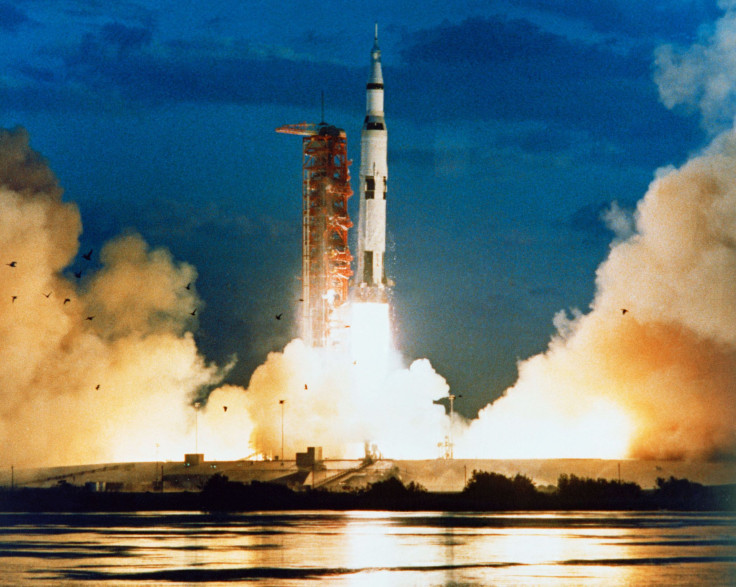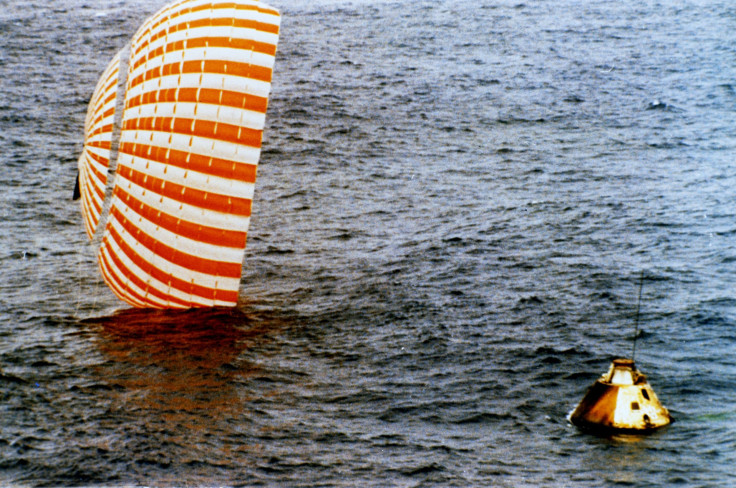Photos: NASA Apollo 4 Launch And Mission, 50th Anniversary

Launch Pad 39A at the Kennedy Space Center hit a milestone Thursday, the 50th anniversary of the first launch that ever took place there, Apollo 4.
The unmanned mission took place on Nov. 9, 1967, less than a year after the devastating Apollo 1 mission explosion occurred on the launch during preflight testing. Apollo 4 served as a practice run for the future missions to the moon. Apollo 4 was the first all up test flight of the rocket, all three stages of it were tested together along with the command and service modules that would later be used for trips to the moon.

Before the 363-foot tall rocket lifted off of the launch pad, it underwent rigorous testing. It was originally placed on the pad in late August and it wasn’t until Sept. 27 that the Count Down Demonstration Test began. It ended up lasting 17 days, 11 more than the original plan of six days of testing. The testing lasted longer than expected because there were unforeseen technical challenges that came up. However, finding and working out those challenges before launch day is what made the actual launch go smoothly, according to NASA.
When launch day arrived there were controllers watching the rocket closely and in the early morning hours of Nov. 9 the rocket and its five engines let out a noise louder than almost anything else man had ever created. The engines created 7.5 million pounds of thrust to launch the Apollo 4 into perfect orbit around the Earth. Everything from engine ignition to splash landing went according to plan, heralding in a new era for space travel.
The success of Saturn V and the Apollo 4 mission meant that while the rocket was unmanned that first launch, it was possible to launch a man to space far enough for them to make it to the moon. The Saturn V became the most powerful rocket on the planet that day. “The whole world could see the awesome sight of the first launch of what is now the largest rocket ever flown. This launching symbolizes the power this nation is harnessing for the peaceful exploration of space,” President Lyndon B. Johnson said after the successful launch and flight.

It took NASA less than two more years to get men to the moon, ultimately accomplishing the goal set by the late President Kennedy of landing a man on Earth’s nearest neighbor. That happened in 1969 and by the end of 1972, five more missions had made it to the moon.

Now NASA is working on the next biggest rocket, the Space Launch Systems designed for deep space travel. The rocket is currently in the testing phases but NASA is hopeful that within the next few years a test launch will reach success.
© Copyright IBTimes 2025. All rights reserved.



















